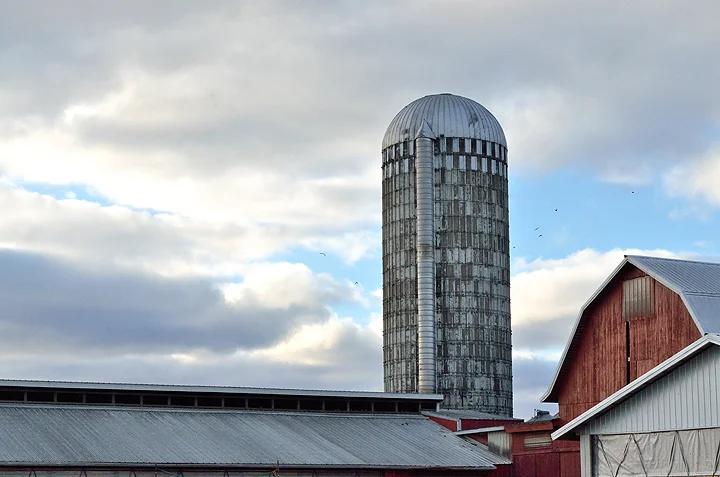The real estate market has been transformed by the Internet, with Web sites like Zillow, Trulia, Realtor.com, and others commanding billions of visits by home shoppers. For more and more homebuyers, Web shopping has supplanted the time-honored tradition of cruising residential neighborhoods for yard signs.
The net result of the shift to virtual home-shopping has significantly amplified the importance of pictures as potential buyers make their first review of homes, because at this critical early stage in the process, buyers aren't comparing homes - They're comparing PICTURES of homes.
Take a look at any of the popular real estate Web sites. You'll typically find twenty to thirty pictures of each house listed. While you cruise through the listings, you'll see a dramatic disparity in the quality of the pictures that are used to represent the homes. Some pictures enhance the perceived value of the home, some detract from it. Truth is, it's hard to take really good interior pictures of real estate, and it won't take you long to become a skilled critic.
Here are some of the problems and weaknesses you're likely to see:
- DARK, underexposed interiors; BRIGHT, overexposed windows - The lighting is tricky, especially when you want to show BOTH the detail inside and the pretty view outside.
- Converging parallel lines - Interior walls are vertical lines, but the camera can turn those verticals into lines that appear to converge - They're not parallel as they should be.
- Colors that aren't quite right - The camera tends to see inside lights as yellow/orange; outside light is bluish white. But that's not what our eyes see; it's not what we expect.
- Focus, sharpness, and detail aren't quite right - Tripod, lights, lenses, and other technical aspects of photography need to be handled quite precisely to get ideal images.
- Flat, unflattering light from on-camera flash - Lots of cameras have built-in flashes that work fine for snapshots of family and friends. But they're not suited for your home. The on-camera flash is especially bright in the foreground, but the light falls off quickly in the background.
- Out-of-place reflections - Camera - and photographer - and that ugly on-camera flash showing up in mirrors, appliances, windows and other reflecting surfaces.
- The wrong pictures - Too many shots of some rooms, no shots of others; angles and views that don't make sense - And don't add value to your home.
- The "Selfie" look - Pictures taken with a cell phone; tall instead of wide - That's seldom the right choice for an interior space.
It's not hard to find the photographic pitfalls that separate the strong, well-illustrated listings from the weaker ones. At the same time, it's not hard to find top quality professional images that capture the value, beauty, convenience, and individual charm of homes.
It's a simple fact that attractive pictures can enhance the perceived value of a home. It's also a fact that you are competing in this marketplace where you simply can't afford to be overlooked in favor of homes that simply have better pictures. You need the best.
I'll have more to say about how you can get the best-possible pictures of your home in my next post.



